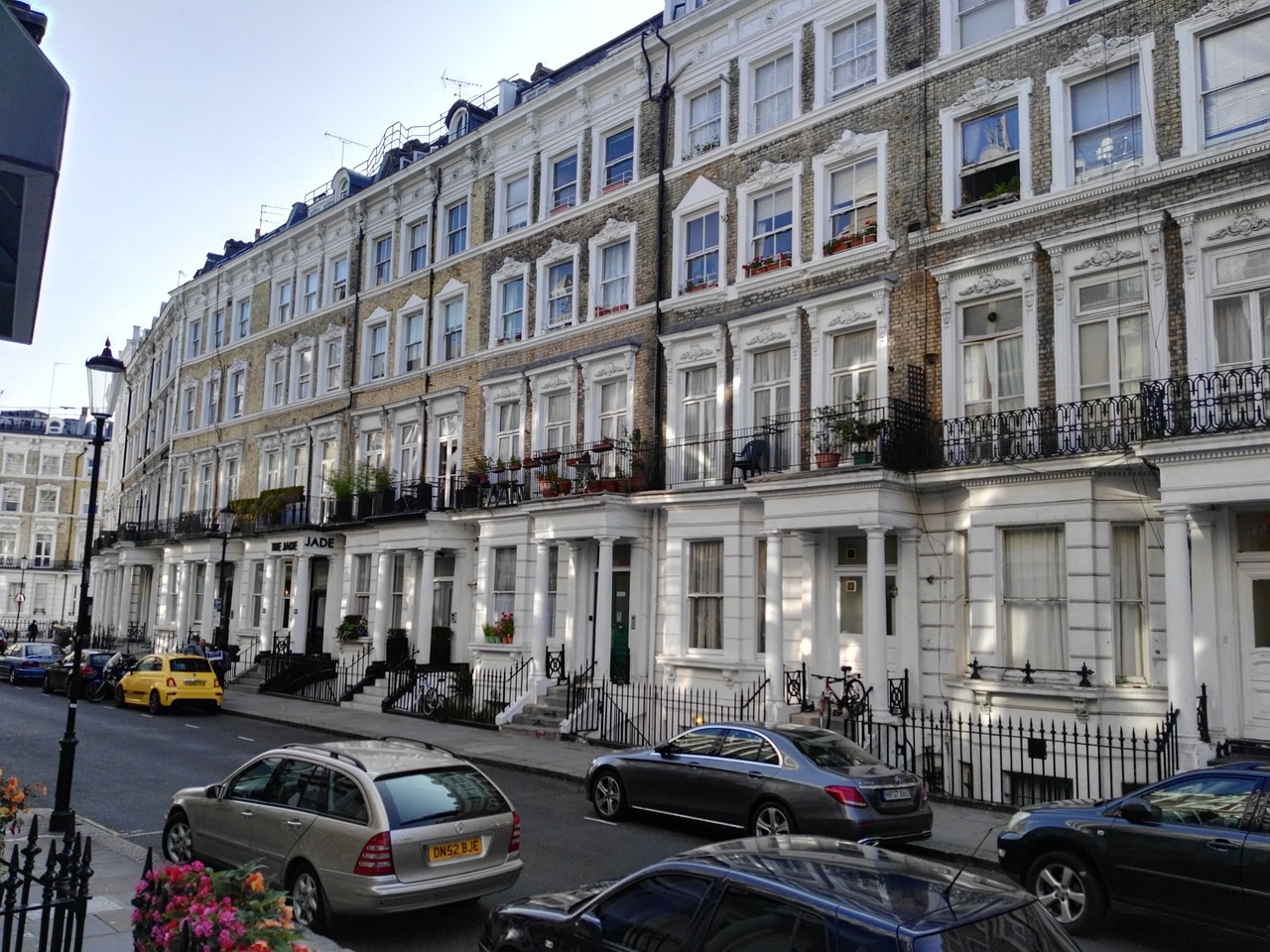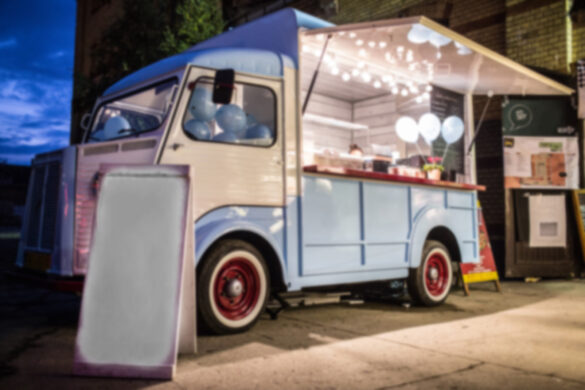
The property market in the United Kingdom has seen quite a journey of transformation over the years, largely thanks to the changing face of modern architecture. As architectural trends shift and design philosophies adapt, the UK property market has eagerly welcomed innovation, sustainability, and functionality to cater to its inhabitants’ changing desires and needs. In this article, we’ll take a deep dive into the captivating story of how modern architecture has moulded and continues to mould the UK property valuation scene. We’ll touch on important milestones, influential styles, and the close connection between architectural creativity and the value of real estate.
A Shift After World War II: Form Meets Function
After the upheaval of World War II, the UK found itself in dire need of housing and urban renewal. The immediate focus was on designs that were practical and cost-effective, capable of being swiftly built to accommodate the growing population. This era marked the rise of the modernist movement, known for its clean lines, simplicity, and seamless blending of indoor and outdoor spaces. Landmarks like London’s Barbican Centre embodied the practical and avant-garde aesthetics of this era.
The Bold Brutalist Movement: Statements and Controversies
The 1950s and 60s saw the emergence of Brutalism, a style that embraced raw materials, exposed concrete, and imposing structures. While opinions on it were divided, Brutalist architecture left an indelible impression on the UK property landscape. The Southbank Centre and the Trellick Tower in London are prime examples of this architectural trend. Despite criticisms for its sometimes harsh and unwelcoming appearance, Brutalism’s unyielding designs challenged established norms and influenced architectural conversations for years.
Embracing Sustainability: A New Era
The later part of the 20th century witnessed a significant shift towards sustainable architecture in the UK property market. As environmental concerns came to the forefront, architects began exploring eco-friendly materials, energy-efficient designs, and innovative construction methods. The BedZED development in London served as an early example of this movement, showcasing features like solar panels, rainwater harvesting systems, and communal green spaces. With sustainability taking centre stage, property developers began incorporating green elements that not only reduced carbon footprints but also added value to their projects.
Contemporary Elegance: The Rise of Neo-Modernism
As we stepped into the 21st century, a fusion of modernism and contemporary design gave birth to the neo-modernist movement. This style retained the clean lines and functionality of its predecessors while introducing a more welcoming and warm aesthetic. The Shard, an impressive glass skyscraper in London, emerged as an iconic symbol of this architectural era, with its sleek profile and innovative engineering. Neo-modernism not only altered city skylines but also reimagined residential spaces, emphasizing light, space, and comfort.
The Tech-Infused Revolution: Homes of Tomorrow
Technological advancements have propelled the UK property market into an era of unparalleled innovation. The integration of smart home technologies, from automated lighting systems to remotely controlled security features, has redefined the concept of modern living. Architects and property developers now seamlessly incorporate these tech-driven elements into their designs, catering to a tech-savvy generation seeking convenience and connectivity.
A People-Centric Approach: Wellbeing and Bringing Nature In
In recent times, there’s been a growing focus on wellbeing, leading to the integration of biophilic design principles in the UK property market. Acknowledging the inherent link between humans and nature, architects are creating spaces that blur the lines between indoor and outdoor settings. This shift has given rise to green roofs, indoor gardens, and abundant natural light in both residential and commercial properties. The innovative use of natural elements not only enhances the visual appeal of spaces but also nurtures mental and physical wellness among occupants.
An Ever-Changing Future
The evolution of modern architecture in the UK property scene mirrors the ever-evolving desires and dreams of society. From the practicality of post-war reconstruction to today’s emphasis on sustainability, technology, and wellness, architecture has played a central role in shaping the spaces we inhabit. As the UK continues to embrace inventive design philosophies and construction techniques, the property market is primed for further evolution. This promises an exhilarating and dynamic future where architectural innovation continually redefines how we live, work, and flourish.








